In a remarkable photograph by Benjamin Stone, from around 1899, six men in breeches of a criss-cross floral pattern hold up great reindeer antlers. (Carbon dating of these objects produced the year 1066, plus or minus 80.) A man in a bowler hat holds a squeeze box and on the right a serious-faced boy stands with a hobby-horse head emerging from the cloth that swathes him.
The photograph features in the exhibition Making Mischief: Folk Costume in Britain. It shows the Abbots Bromley horn dance, performed annually on the Monday after Old St Bartholomew’s Day (4 September). Never mind that the breeches were made in the 1880s by Mrs J. Manley Lowe, wife of the vicar of this Staffordshire parish. The origins of the mysterious antlers are anyone’s guess, and the hobby horse immediately connects it with otherworldly horses in folk performances that spectators like to think date from time immemorial.
With false eyes inserted and the jaw made to snap, the perambulating horse skull presented a ghastly aspect
Take the famous Padstow hobby horse, which comes out every May Day. A man carries a frame hung with black cloth, through which protrudes his head covered with a conical hat and weird mask. The horse has a head too, at the front of the framework. It seems to have its own life. ‘It is surprising how versatile and lifelike such a strange monster can be,’ says the respected folklorist Steve Roud. ‘It walks, sways, dances, sings and swoops – not much like a horse, admittedly, but like a live creature all the same.’
I’ve seen the same illusion in giants dancing in Sanguesa, near the Pyrenees. In these 11ft figures, built over wickerwork frames, a man inside looks out through a gauze square in the costume. They dance nimbly and with dignity, bowing and circling.
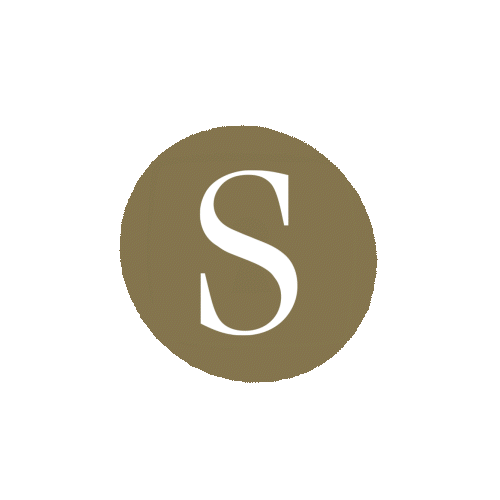

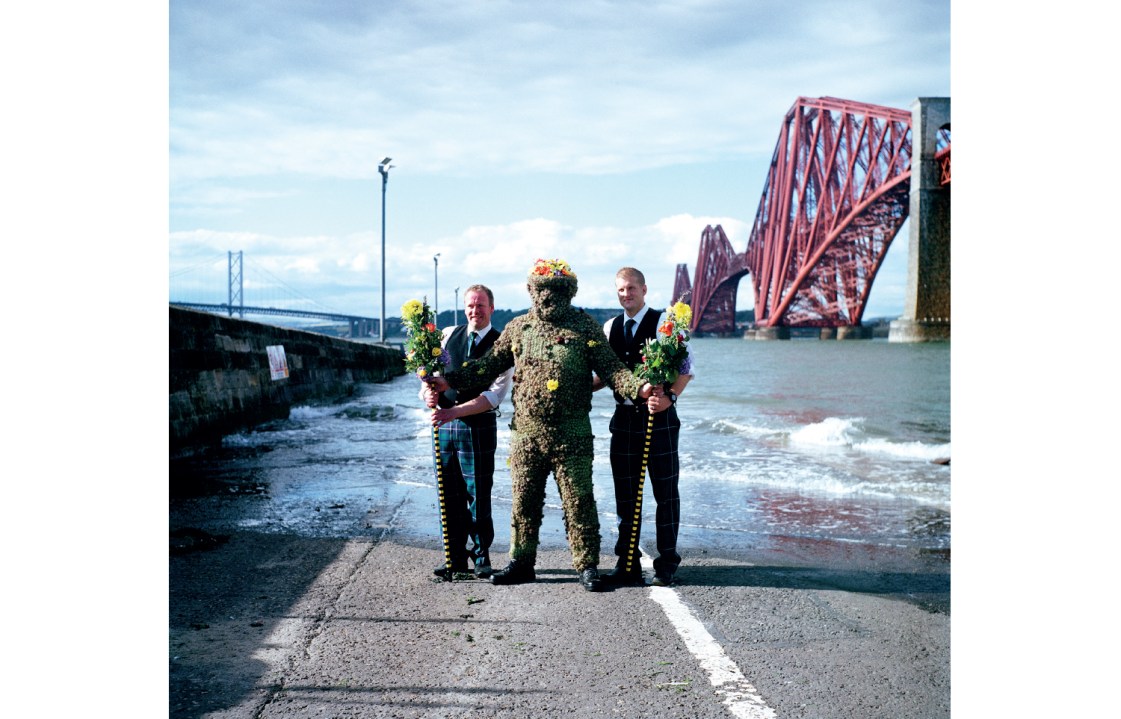
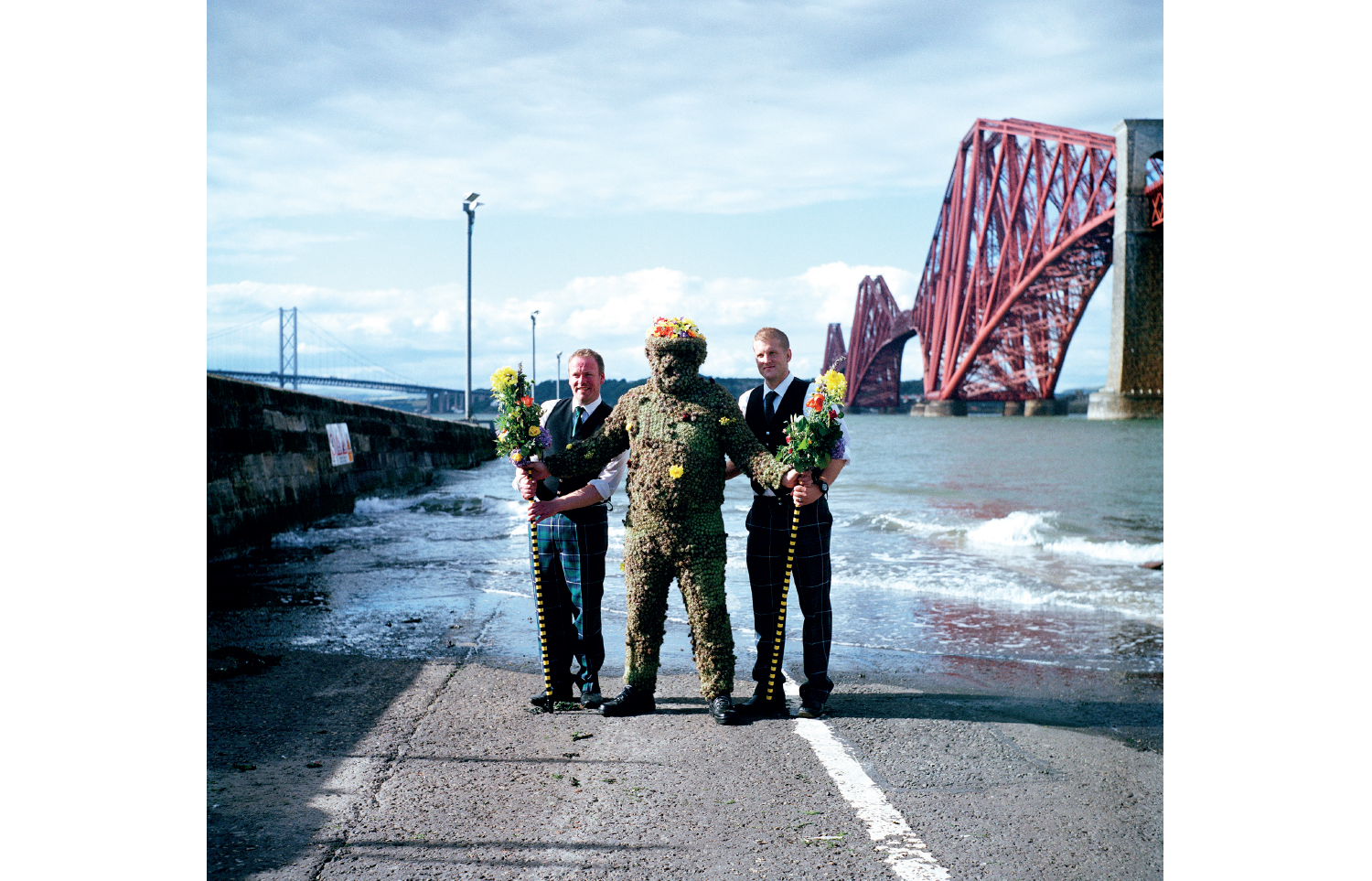
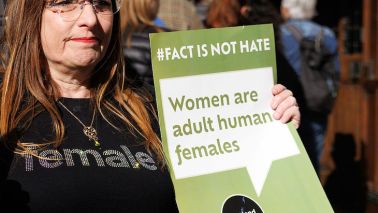


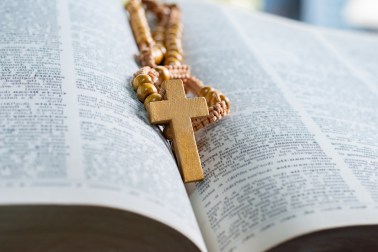
Comments
Join the debate for just £1 a month
Be part of the conversation with other Spectator readers by getting your first three months for £3.
UNLOCK ACCESS Just £1 a monthAlready a subscriber? Log in